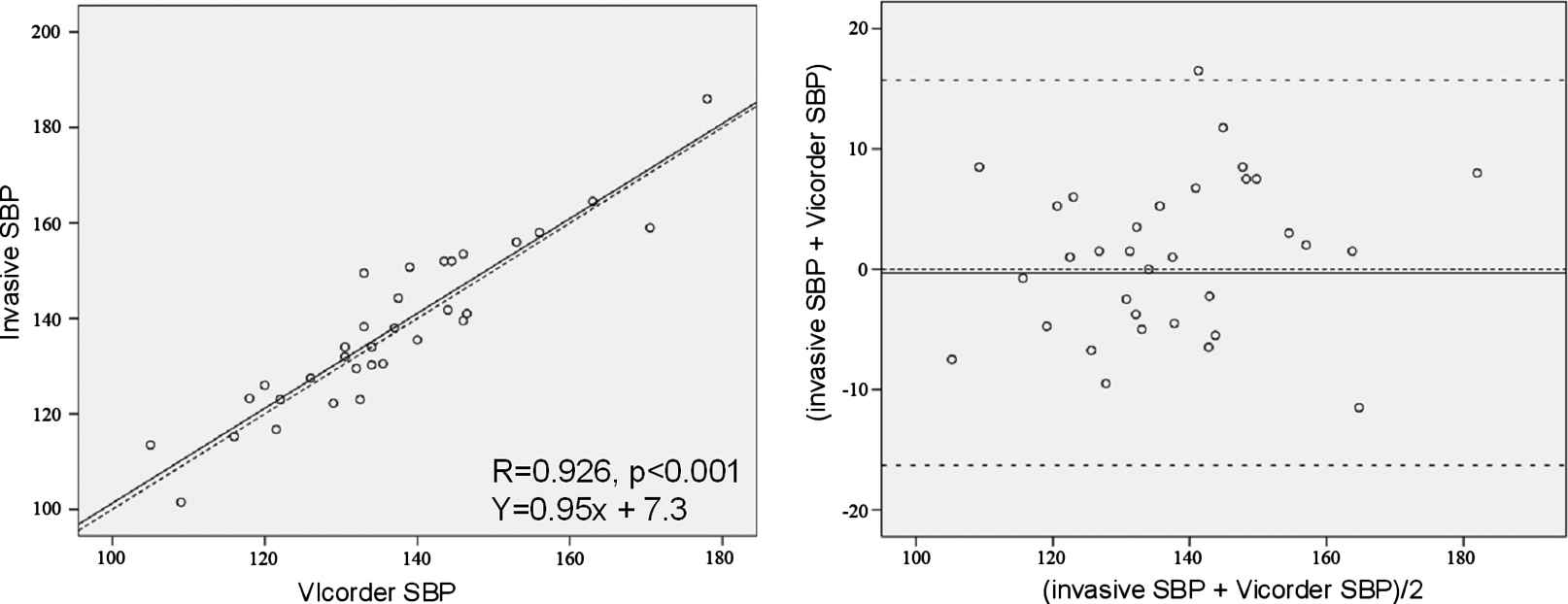3.1 NEW INSIGHTS INTO ARTERIAL STRUCTURAL-FUNCTIONAL INTERACTIONS AND THE IMPLICATIONS FOR PRESSURE AUGMENTATION IN HUMANS: A META REGRESSION ANALYSIS IN 8336 SUBJECTS
- DOI
- 10.1016/j.artres.2010.10.166How to use a DOI?
- Open Access
- This is an open access article distributed under the CC BY-NC license.
Introduction: Pressure augmentation is thought to arise as aortic stiffening leads to the progressively earlier return of waves from fixed distal reflection sites. However, several studies dispute this central tenet of pressure augmentation, and instead report variation in reflection site with ageing and arterial stiffness.
Methods: We undertook a meta-analysis to assess the interaction between the aortic reflection site with ageing and arterial stiffness. Systematic literature review was performed to identify studies that published data on Pulse Wave Velocity (PWV) and reflection time, from which we calculated the distance to the reflection site.
Results: We identified 31 studies with 68 cohorts resulting in the inclusion of 8336 subjects (Age 47±13 years). PWV ranged from 4.86 to 13m/sec, reflection time from 94 to 176 ms and distance 0.40 to 0.82 metres. Reflection time decreased with PWV (r=−0.74, p<0.001) and age (r=−0.72, p<0.001), whereas reflection distance increased with PWV (r=0.80, p<0.001) and age (r=0.42, p<0.01). As PWV increased from 4.86–13m/sec, reflection time decreased by 55ms, far less than predicted (106 ms), whilst the refection site appeared to move distally by 31cm. Furthermore, reflection distance did not increase with subject height (r=0.12, p=0.37).
Conclusion: The aortic reflection site is not fixed to an anatomical location, as is widely believed, but instead appears to vary with changes in aortic stiffness and age. This challenges the conventional theory and suggests that wave reflection may not be the principal cause of systolic pressure augmentation.


Cite this article
TY - JOUR AU - M. Shanmuganathan AU - A.J. Baksi AU - T. Treibel AU - T. Tillin AU - D.P. Francis AU - J. Mayet AU - K. Parker AU - A.D. Hughes AU - J.E. Davies PY - 2010 DA - 2010/12/02 TI - 3.1 NEW INSIGHTS INTO ARTERIAL STRUCTURAL-FUNCTIONAL INTERACTIONS AND THE IMPLICATIONS FOR PRESSURE AUGMENTATION IN HUMANS: A META REGRESSION ANALYSIS IN 8336 SUBJECTS JO - Artery Research SP - 146 EP - 146 VL - 4 IS - 4 SN - 1876-4401 UR - https://doi.org/10.1016/j.artres.2010.10.166 DO - 10.1016/j.artres.2010.10.166 ID - Shanmuganathan2010 ER -
